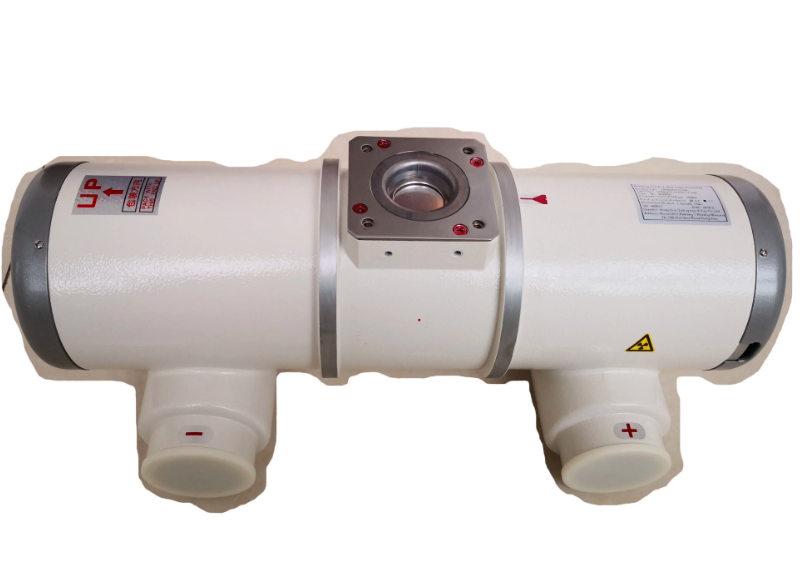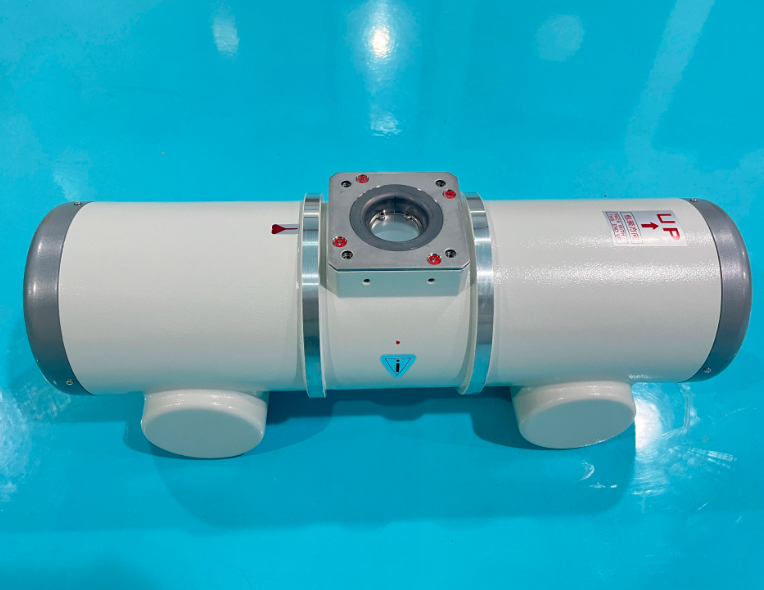X-ray technology has revolutionized the field of medical imaging, allowing doctors to accurately diagnose and treat a variety of medical conditions. The core of this technology lies in the X-ray tube housing assembly, which is a key component that contains and supports the X-ray tube. This article explores advances in X-ray tube housing components, highlighting key features and innovations that help improve the accuracy, safety, and efficiency of medical imaging.
precision engineering
The design and construction of X-ray tube housing components play a critical role in ensuring the accuracy and precision of medical imaging. Manufacturers continue to explore innovative technologies and materials to improve component stability, alignment and cooling capabilities. Advanced finite element analysis (FEA) technology is used to optimize the structural integrity and thermal performance of the housing. This allows precise control of the generation and direction of the X-ray beam, providing clearer, more detailed images for diagnostic purposes.
Enhanced security features
Safety is of paramount importance in medical imaging, for both patients and healthcare professionals. Manufacturers have made significant progress in incorporating safety features into X-ray tube housing components to minimize potential risks associated with X-ray radiation. One of these is the development of radiation shielding materials and technologies that effectively reduce radiation leakage. In addition, interlocks and safety mechanisms are integrated into the housing assembly to prevent accidental exposure to radiation and ensure that proper usage protocols are followed.
Heat dissipation and cooling
X-ray tubes generate large amounts of heat during operation, which must be efficiently dissipated to maintain optimal performance and prevent overheating. Advances in heat dissipation materials such as highly thermally conductive ceramic coatings and specialized heat sinks enable effective heat dissipation within the X-ray tube housing assembly. This not only extends the service life of the X-ray tube, but also ensures consistent image quality over long scanning periods. An improved cooling system also contributes to the overall safety and reliability of the equipment.
Integrated with digital imaging technology
The integration of X-ray tube housing assemblies with digital imaging technology has revolutionized the practice of medical imaging. Modern X-ray tube housing assemblies are designed to house advanced digital detectors such as flat panel detectors or complementary metal oxide semiconductor (CMOS) sensors. This integration enables faster image acquisition, immediate viewing of results, and digital storage of patient data to speed diagnosis and streamline workflow for healthcare facilities.
Compact design and portability
Advances in X-ray tube housing assemblies have made the equipment more compact and portable. This is particularly useful in situations where mobility and accessibility are critical, such as in emergency rooms or field hospitals. Portable X-ray machines feature lightweight yet rugged housing components that enable healthcare professionals to provide point-of-care diagnostic imaging services at the point of care.
In summary
Continuing advances in X-ray tube housing assemblies have transformed medical imaging, providing healthcare professionals with high-resolution images, enhanced safety features and improved efficiency. The integration of precision engineering, enhanced safety measures, efficient cooling and digital imaging technology advances the field of radiology, enabling accurate diagnosis and improved patient care. These innovations continue to advance X-ray technology, ensuring that medical imaging remains an indispensable tool for healthcare professionals around the world.
Post time: Sep-15-2023



